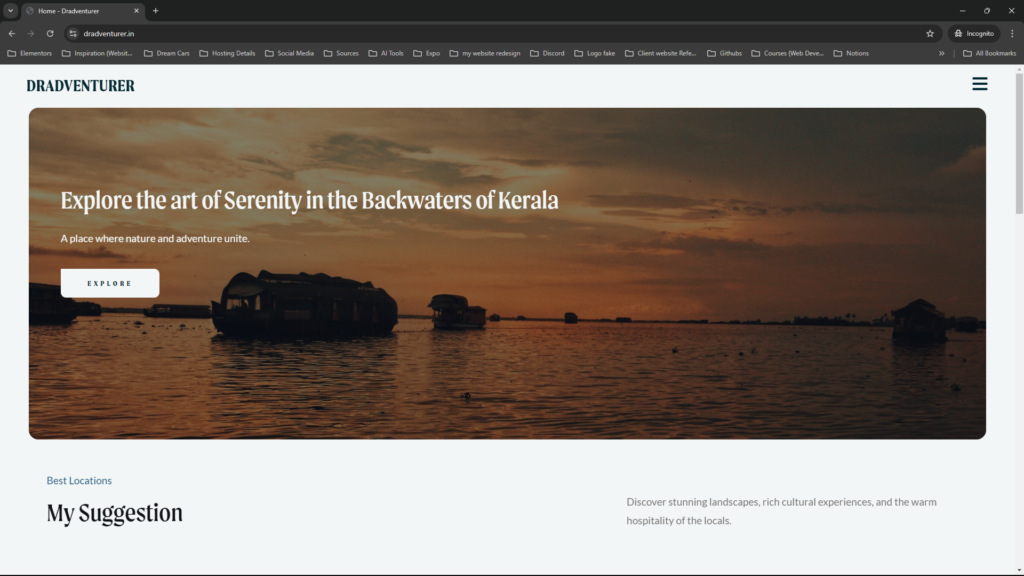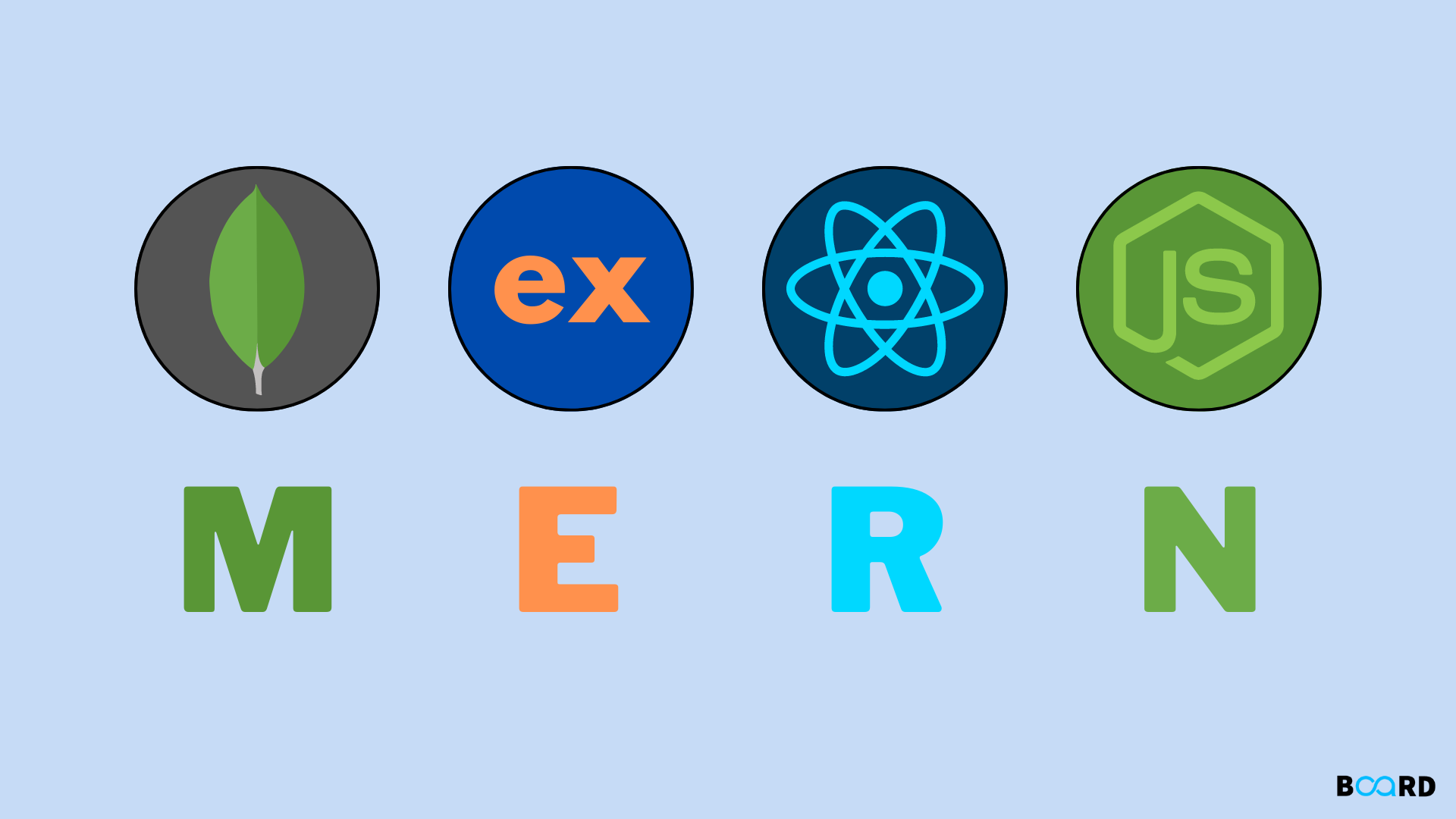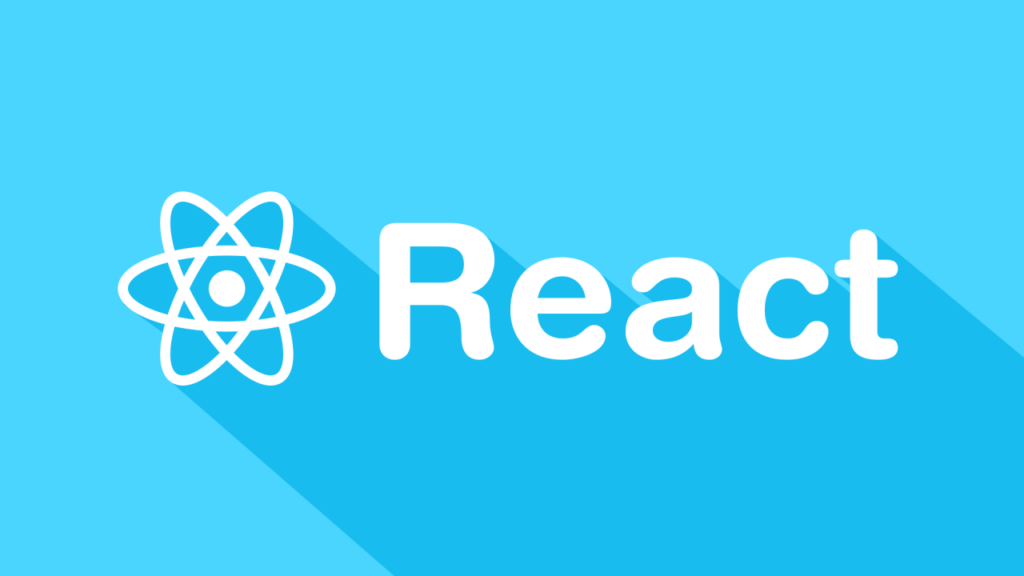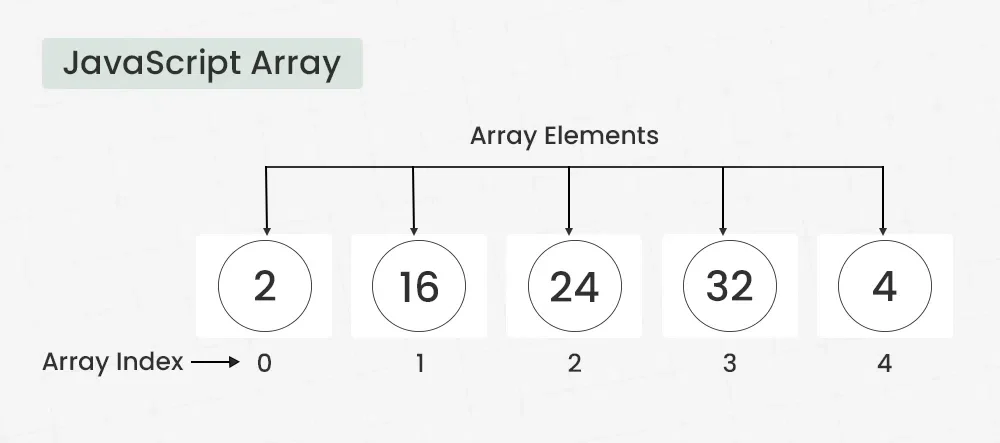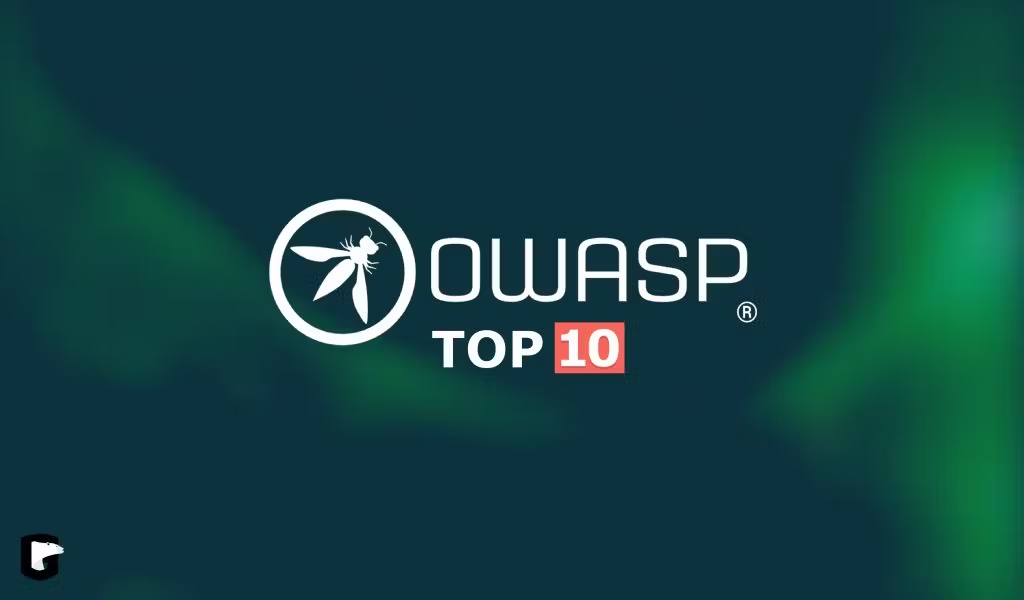Once upon a time in the digital kingdom of Web Development, there was a heroic team of four technologies—MongoDB, Express.js, React, and Node.js. Together, they formed the unstoppable MERN Stack, a dream team for developers seeking to build dynamic, modern, and scalable web applications.
What is the MERN Stack?
MERN is an acronym for
- MongoDB: A NoSQL database that stores data in a JSON-like format.
- Express.js: A lightweight web application framework for Node.js, used for backend logic and APIs.
- React.js: A JavaScript library for building user interfaces, focusing on the frontend.
- Node.js: A runtime environment for running JavaScript on the server.
How the MERN Stack Works Together
Here’s a simple workflow of how the MERN Stack components interact:
Frontend (React):
- A user interacts with the application’s UI, built using React.
- React sends requests (via HTTP) to the backend.
Backend (Express + Node.js):
- The server receives requests and processes them.
- Backend logic (implemented in Express.js) determines what actions to take, like querying the database.
Database (MongoDB):
- The server fetches or updates data in MongoDB.
- The results are sent back to the frontend.
Why Choose the MERN Stack?
- JavaScript Everywhere:
- With the MERN Stack, developers use JavaScript for both frontend and backend, simplifying development and reducing context-switching.
- Open-Source:
- Each component of the MERN stack is open-source, with large communities providing continuous updates and support.
- Scalability:
- MongoDB’s NoSQL architecture and React’s virtual DOM make MERN applications highly scalable.
- Performance:
- Node.js ensures fast server-side operations, while React optimizes rendering on the client side.
- Flexibility:
- Developers can create single-page applications (SPAs), progressive web apps (PWAs), or even mobile apps using React Native.


